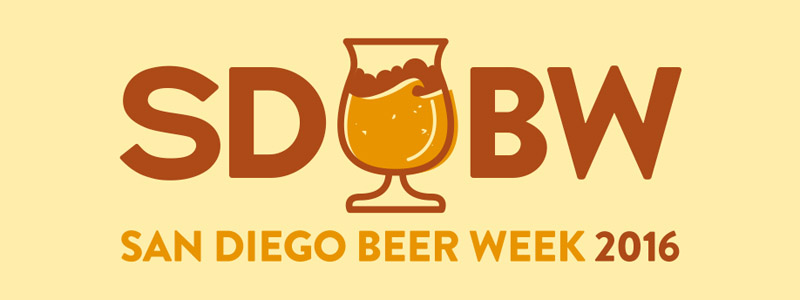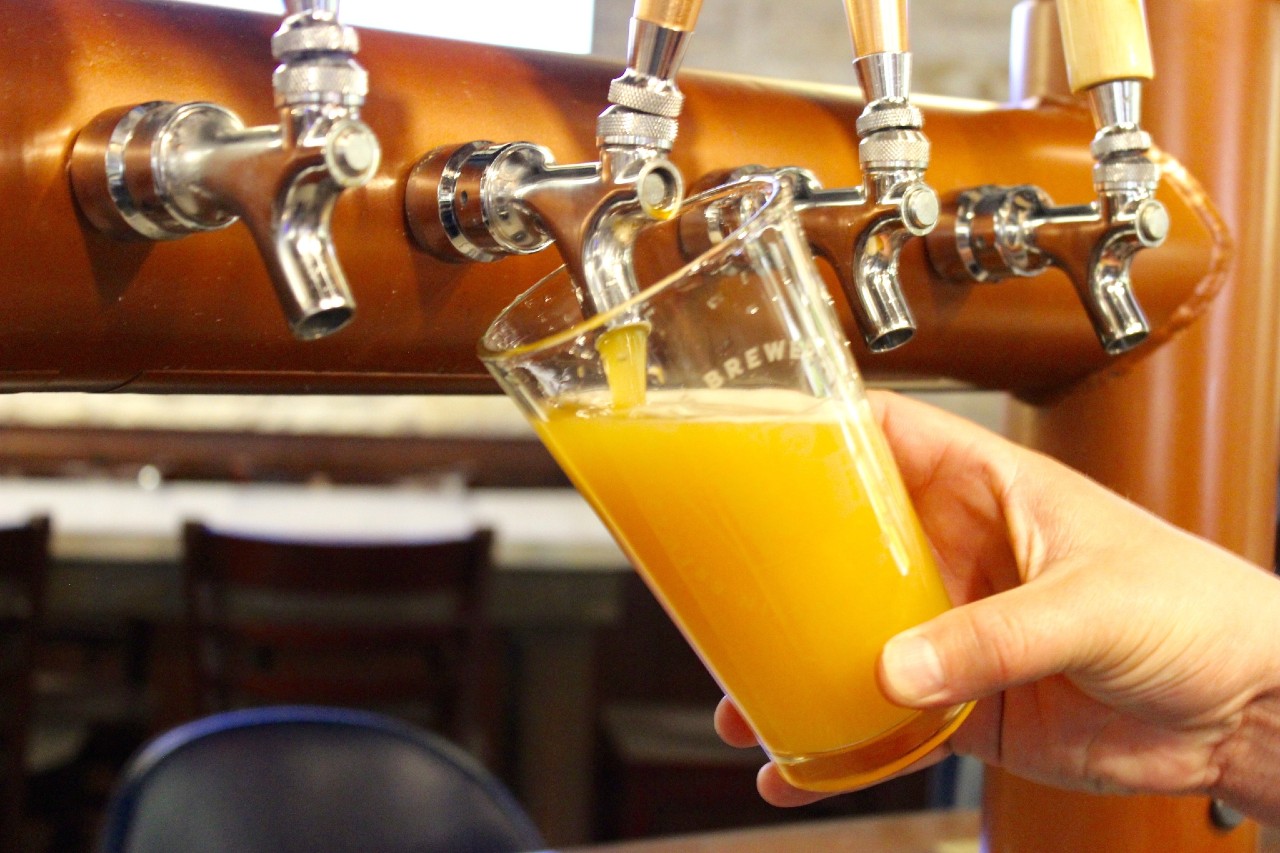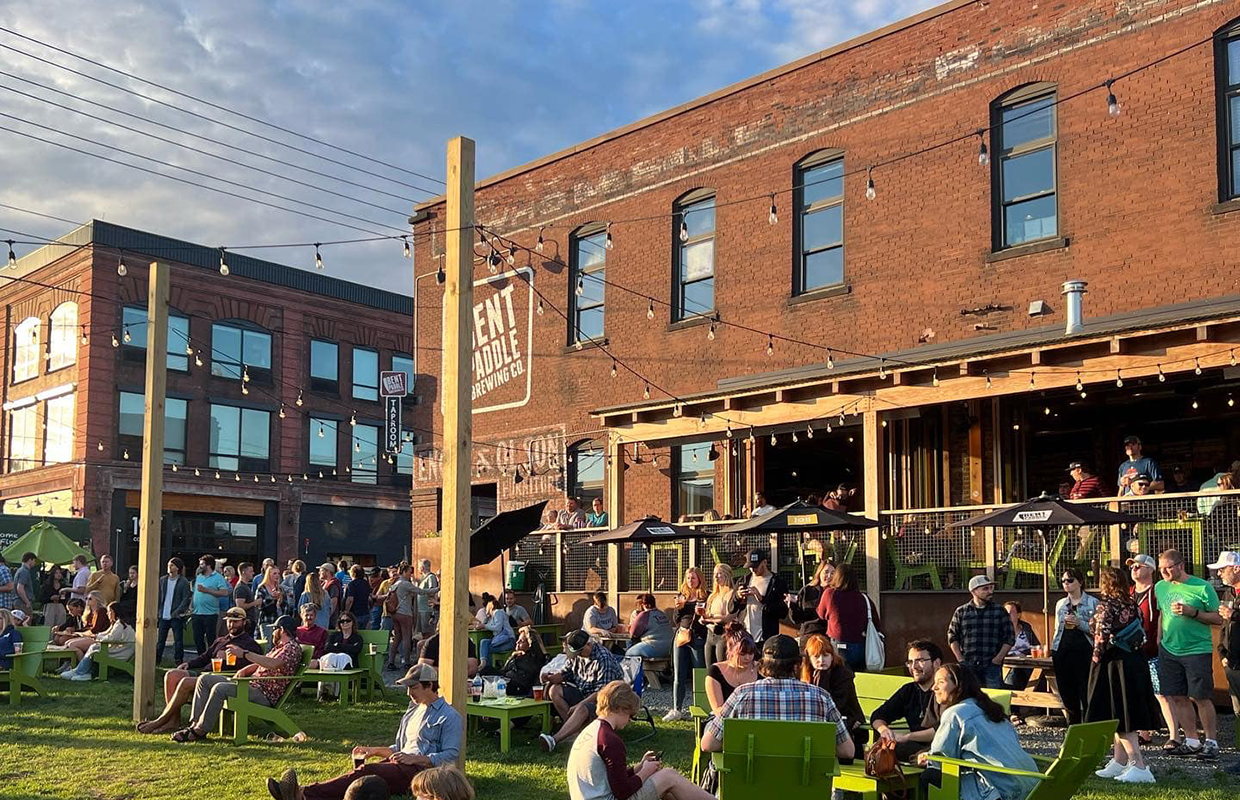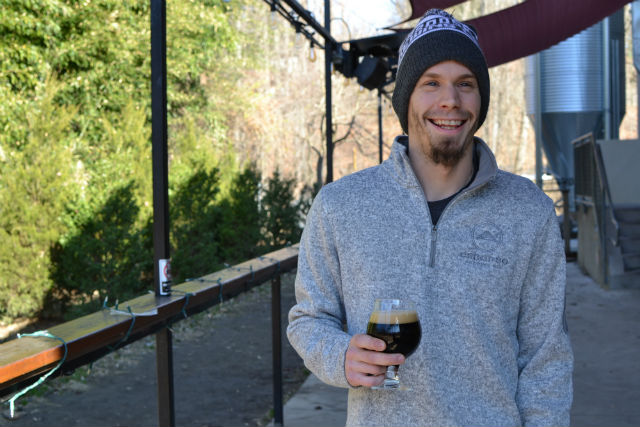
Setting up a craft beer week in a city is a great way to celebrate the industry with fans, introduce craft beer to novices and to pump life into an economy for a week.
Since starting in 2009, the San Diego Beer Week has grown by leaps and bounds and has become a beer tourism hot spot in early November for Southern California. It’s gone from a few dozen events to thousands over the 10-day period. With 128 breweries, options for fans seem limitless.
However, getting a beer week started can be a challenge.
Newly minted San Diego Brewers Guild president Jill Davidson talked with Brewer Magazine about what goes on with one of the most busy beer weeks in the country to give some thoughts on how to formulate a beer week.
SET A BOARD: Davidson, who recently was moved from Vice President up to President, was already part of previous beer weeks as a member of the Beer Week Committee. And with her full-time job at Pizza Port as a regional sale rep she has seen some of the ins-and-outs of putting on the show. Communication is key, of course, but so is keeping tabs on all aspects. That includes SDBW getting input on a variety of subjects from previous events. “We want to have a better way of understanding how people can plan their day and if someone wants to hit five events a day, we want to make sure we are able to promote all these events,” Davidson said. Although she is guild president, Davidson pointed out that Executive Director Paige McWey Acers helps keep the ship in shape for the event.
MAKE FRIENDS: As craft beer continues to grow in the U.S., it has become easier to point to financial impact to local government, Davidson said. “The importance of craft brewing from an economic standpoint is getting pretty crazy. Retails sales are $22.3 billion,” she said. “When you talk numbers like that then it becomes more effective form the government’s standpoint that craft beer is doing something for the economy. While [beer week] was designed to raise awareness for what was going on in our community, it has opened up a lot of people’s eyes in a greater legislative scale.” Being able to show a city the financial boost an area can get by working with a local chamber of commerce, a hotel/motel association, local colleges and others impacted by craft beer, along with local breweries in the area can help form stronger bonds. “Once you start working together it becomes a stronger force,” Davidson said. “The better relationship you can develop with your local government, the better and easier things will be.”
FIND THE IMPACT: Some of the places impacted are easy to think of: restaurants, lodging and tourism. Yet some cities have outlying members that find impact as well. Finding and reaching out to them can be a key for success as well. “[Others include] brewery tours, or stainless steel manufactures,” Davidson pointed out. “[Anything] related to the beer community. It’s always interesting to see how things went for them.” The San Diego guild beer week committee surveys and collects data after each event and tries to track who is coming into town through a code on a hotel’s website to get numbers on how long they are staying. “Uber drivers seem to have great comments on people in the beer community,” she added.
ADVERTISE: Even smaller cities should think about outside its local breweries and clients. Finding ways to advertise to non-locals can help bring excitement to an event. “When we market, we don’t just market in San Diego,” Davidson said. “We want to bring tourism into the city. We are super ecstatic of the products and ingenuity and innovation and the community aspect and we want people to see that. It’s so crucial to the success of San Diego beer community. When you realize how many people are coming into the city for this, you see an economic pull coming from an event like this.” Having a website can be the engine for local and out-of-towners to be able to find out about locations of each event.
BOOKENDS: The SD Guild hosts a few events and the rest is left up to the breweries: A small pre-fest on the Friday before the festival that is smaller than the larger full-day festival on Saturday that kicks off the 10-day session. It is wrapped up with a smaller and intimate beer garden party on the following Sunday to close out the madness.






Be the first to comment